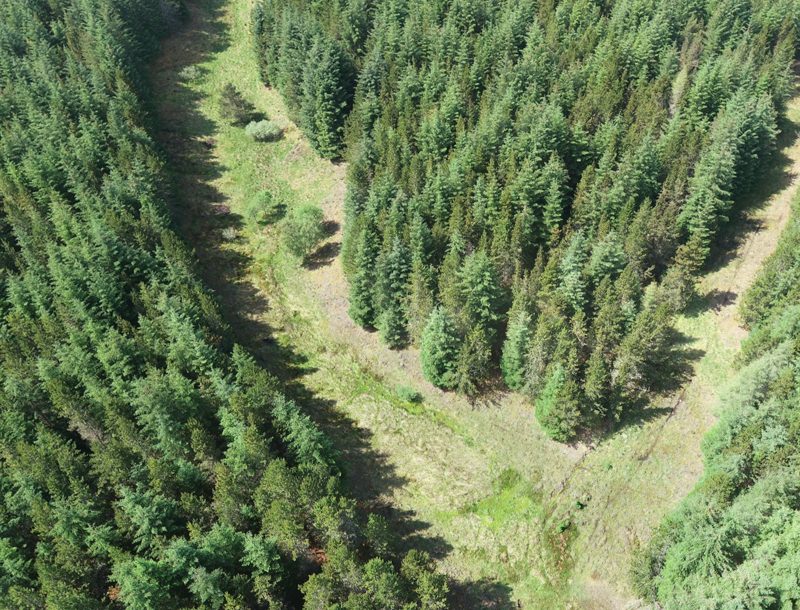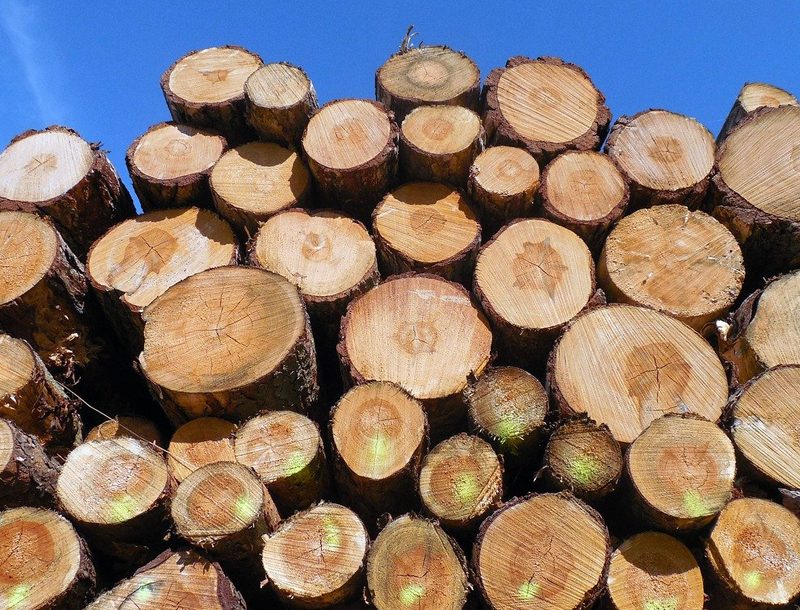Olly Hughes explains how UK forestry has provided investors with a stable and reliable source of shelter amid the COVID-19 storm - October 2020
Olly Hughes explains how UK forestry has provided investors with a stable and reliable source of shelter amid the COVID-19 storm - October 2020
In times of crisis, investors naturally gravitate towards real assets.
So it has proved during the COVID-19 pandemic – but it is not only the obvious candidates, such as gold and silver, for which demand has been strong. Amid the uncertainties of the coronavirus, UK timber – and the forestry that produces it – is proving to be one of the most stable, robust and resilient stores of value for investors.

The long-term investment case for UK forestry is compelling.
Gresham House forecasts a near three-fold increase in global demand for timber over the next 30 years – a rise of 3% per annum – courtesy of three ‘megatrends’. Increasing urbanisation around the world, the move to decarbonise the economy principally through moving away from steel and concrete towards timber, and the rise in housebuilding amid global population growth will all be crucial drivers of demand.
The three megatrends
🏢 Urbanisation 🏭 Decarbonisation 🏘️ Housing shortage
However, the COVID-19 crisis has also highlighted the tremendous defensive qualities of the UK forestry sector.
This is an asset class where returns have little or no correlation to the performance of traditional assets such as equities and bonds. And just as importantly in recent months, the volatility that has characterised financial markets has not spread to the UK’s forestry industry.

In fact, UK timber prices have been remarkably stable during the first three quarters of 2020.
Having peaked in early 2019, prices fell back during the latter part of last year and have been steadily improving during 2020. Despite the economic and social turbulence caused by COVID-19, timber prices have continued to trade in a narrow band and demonstrate a longer term upward value trend.
This is in stark contrast to the US timber market, where prices soared to record highs over the summer.
In North America, many lumber mills closed during the pandemic shutting down production for several months. At the same time, demand increased as people working at home embarked on renovation projects and housing construction bounced back more quickly than expected.
This caused prices to spike upwards, exacerbated by the fact that the industry’s inventories were already low because of the rapid pace of US house building before COVID-19 struck.
In the UK, mill operators applied the brakes to production much less aggressively and had returned to full production by May or June.
As in the US, consumers undertaking home improvement projects provided support for demand. And while the UK typically imports considerable amounts of timber from Europe, the UK market was also boosted by a preference for domestic supplies amid heightened exchange rate volatility.
Of course, the dynamics of demand and supply naturally change over time – not only during the unprecedented period we are currently living through. Importantly, however, timber is an unusual commodity in that it has a long harvesting window: around 15 years for the Sitka spruce grown widely in the UK.
This gives forestry owners valuable room to respond to market conditions, felling their trees at the most opportune time.
This is another reason why timber has proved so dependable and resilient.
And the UK has another advantage in this regard. The damp UK climate provides ideal growing conditions that ensure forestry remains healthy and strong.
UK forestry is therefore less susceptible to the bark beetle that has infested trees in other parts of Europe in recent years following a number of very hot and dry summers which weakened these forests.
As a result, while some European producers have had to fell significantly more trees than they wanted, in order to contain and manage beetle damage, UK forestry owners have not been forced to over-supply the market. Climate predictions are suggesting that this will become increasingly favourable for UK forests.
It is also worth bearing in mind that the return on forestry comes not only from the income earned on timber, but also from capital appreciation of the asset itself. In fact, this year’s timber price stability – and the flight to real assets – has seen forestry prices rise, compressing yields significantly.

Any yield compression on the 35-year cycle in this asset class will have significant capital relevance. In this regard, UK forestry has this year provided counter-cyclical returns. The broader fundamentals remain intact – forestry is an uncorrelated asset – but investors who have looked to forestry to diversify their portfolios have enjoyed a significant benefit.
Looking forward, one fascinating question is the extent of the headroom for further capital growth.
By historical comparisons, some parts of UK forestry now look fully priced, but there is a strong case that this is an asset set to shift to a new paradigm of higher valuations amid the growing demand for investments with an environmental, social and governance (ESG) tilt.
The growing consensus that COVID-19 will heighten the shift to ESG only adds to this case.
In the meantime, forestry is continuing to deliver the stable and consistent returns we have come to expect from this asset class. And during the rollercoaster ride of the pandemic, this resilience and dependability has never been more valuable.

Olly Hughes
Managing Director, Forestry
Past performance is not an indicator of future performance.
When investing in forestry, your capital is at risk. Please ensure you read more about the risks involved.
Read more about Forestry at Gresham House >>
 Gresham House
Specialist asset management
Gresham House
Specialist asset management





